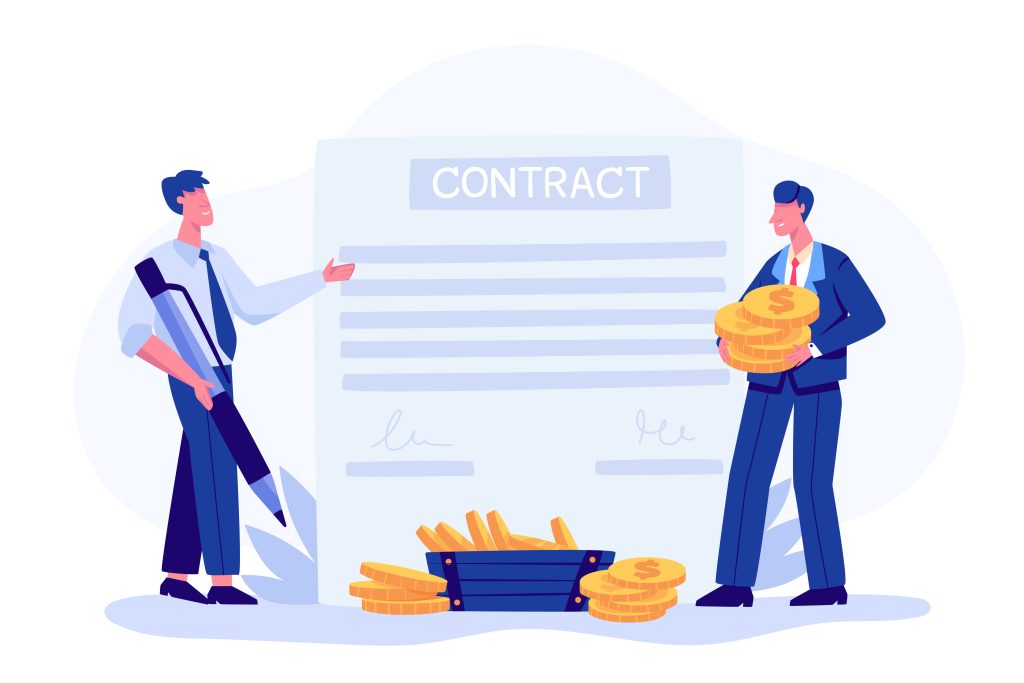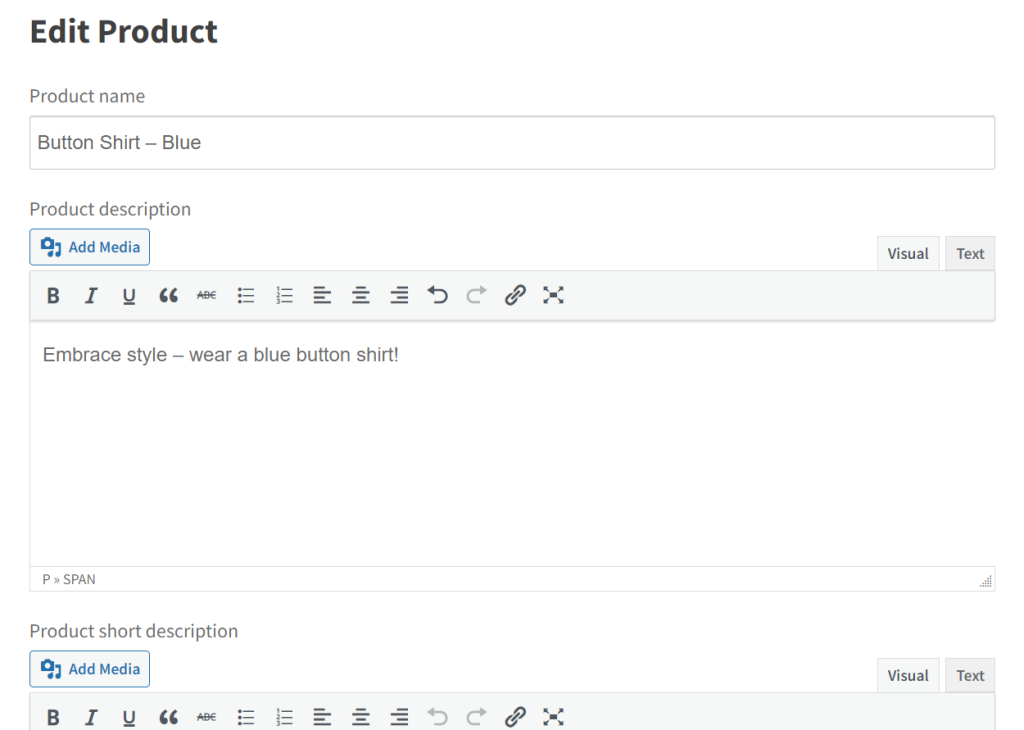
Are you finding it tough to handle the many demands of managing multiple vendors in your online multi-vendor marketplace? You are not alone.
Managing multiple vendors can be quite tricky. However, if done right, it leads to great rewards. The secret is to use effective methods that keep things running smoothly, maintain happy relationships, and push your marketplace to do well.
When you’re in charge of multiple vendors, there’s a lot to juggle. Communication and coordination need to work hand in hand. And you can’t forget about keeping an eye on how vendors are doing. If you don’t have a solid plan, things can get too complex, fast. But don’t worry, with some top tips, your platform can shine for you and your vendors.
This guide is full of best practices for managing multiple vendors. Follow these tips for a marketplace that runs like a well-oiled machine.
Read on!
What Is Vendor Management?
Vendor management is about managing the sellers in your marketplace. Consequently, by managing vendors well, you make sure your marketplace runs smoothly. Happy vendors lead to a successful platform.

Key Strategies For Managing Multiple Vendors
Effectively managing multiple vendors is essential for the success of any multivendor marketplace. This process involves choosing the right vendors and keeping clear communication. You also need to make sure payments are on time, monitor performance, build good relationships, and manage contracts. Using these strategies will help you create a positive and productive environment. This benefits both your vendors and your marketplace.
In the sections below, we will explore each strategy in detail. Furthermore, we will provide practical tips to help you handle the challenges of vendor management.
Establishing effective communication channels
Communication is key when managing multiple vendors. Clear and efficient channels help prevent issues, build trust, and keep vendors informed. Consider the following methods:
- Dedicated email support: Provide a specific email address for vendor inquiries to ensure timely responses.
- Direct messaging systems: Use built-in messaging systems within your platform for quick and easy communication.
- Regular newsletters: Send updates, tips, and important information through newsletters.
- Online forums or groups: Create spaces where vendors can share experiences, ask questions, and offer advice.

These communication channels will keep you in touch with your vendors. Additionally, you can quickly deal with any issues they might have!
Implementing vendor selection criteria
Choosing the right vendors is key to keeping your marketplace high-quality and well-respected. Establish clear criteria for selecting vendors. Consider the following factors:
- Quality of products or services: Ensure your vendors provide good stuff that fits your marketplace’s needs.
- Reliability and reputation: Look for vendors with a good track record and positive reviews.
- Compliance with policies: Ensure your vendors agree to follow your marketplace rules and guidelines.
- Capacity to scale: Choose vendors who can grow with your marketplace and meet increasing demand.
A strong network of vendors is vital for a thriving marketplace. Additionally, they bring in the quality goods and services that customers count on, which builds trust and satisfaction. This, in turn, keeps your marketplace operating smoothly and puts you ahead in the game.
Building strong vendor relationships enhances marketplace efficiency. Improving payment processes ensures timely and error-free payments, boosting vendor satisfaction. Now, let’s explore how enhancing payments benefits both your marketplace and vendors.
Streamlining payment processes
A smooth payment process is vital for vendor satisfaction. Implement systems that ensure timely and accurate payments. Consider the following practices:

- Clear payment schedules: WC Vendors allows for automatic payment plans, ensuring vendors know when they’ll be paid. Choose weekly, bi-weekly, or monthly payouts to suit your marketplace. Set this up in the ‘Payments‘ section of the settings, where you can select payment frequency.
- Multiple payment options: WC Vendors supports payment options such as PayPal, Stripe, and direct bank transfers. This flexibility accommodates different vendor preferences. To set up these options, navigate to ‘Payments‘ settings in WC Vendors. Clearly explain each choice so vendors can select their preferred method.
- Detailed payment reports: WC Vendors’ tools offer detailed sales and earnings reports, enabling vendors to track progress and orders. Moreover, this shared info fosters trust and business savvy. Vendors access reports via the dashboard’s ‘Reports’ section. Instruct them on using these reports for wiser business decisions.
Implementing these practices is essential for managing multiple vendors. They empower vendors to manage their finances and stay motivated. Moreover, offering a variety of payment options caters to different needs. Clear payment schedules let vendors know when they will get paid, and detailed reports on sales and earnings ensure transparency.
As vendors learn to manage their money better, the next step is to help them boost their performance through specific targets. Significantly, this shows why it’s important to set and monitor performance goals. Furthermore, by regularly checking progress, vendors can assess their performance, which in turn highlights areas ripe for improvements. This leads to continuous growth and motivation.
Let’s look into how keeping an eye on performance metrics can improve vendor performance on your platform.
Setting and monitoring performance metrics

Tracking vendor performance is crucial for maintaining high standards. Set clear metrics to evaluate vendor performance. Consider the following metrics:
- Sales volume: Monitor the number of sales each vendor makes. Additionally, WC Vendors has a sales reporting feature that updates in real time. This lets vendors see their total product sales, helping them spot sales trends. Vendors can check their sales by going to their dashboard, clicking on the ‘Reports‘ section, and selecting the ‘Sales by Date‘ report. This will give them a clear view of their sales performance over time.
- Customer ratings and reviews: Monitor customer feedback to assess product and service quality. WC Vendors also allows customers to rate and review products. Vendors should check ratings and reviews in the ‘Products’ dashboard section.
- Return rates: Monitor product return frequency to identify potential issues. Moreover, WC Vendors integrates with WooCommerce to track returns. High return rates may indicate product quality or description problems. Vendors should regularly review the ‘Orders‘ dashboard for return requests to pinpoint causes and reduce occurrences.
- Compliance with policies: Ensure vendors adhere to marketplace rules set via WC Vendors. Additionally, regularly monitor their activities to verify timely shipping and accurate product descriptions. Visit the ‘Vendors‘ section in WC Vendors to review profiles and activities. Promptly notify vendors of any rule violations and provide guidance for resolution.
Regularly review these metrics and provide feedback to vendors. This helps identify areas for improvement and recognize top performers.
This ongoing review and communication build a culture of excellence and accountability. Moreover, understanding performance details allows for meaningful conversations with vendors, fostering collective growth. With this routine of checks and feedback, we can move to the next crucial area: managing contracts and agreements.
Let’s explore this further!
Managing contracts and agreements
Clear contracts and agreements are essential for managing multiple vendors. Ensure your contracts cover the following aspects:

- Terms of service: Clearly define the terms and conditions of using your marketplace. WC Vendors has a terms of service template you can edit. It also lists the rules for vendors. To update your terms, open WC Vendors and click on ‘Settings‘. Then, find the ‘Terms of Service‘ tab. Include rules about listing items, customer service, and what’s not allowed.
- Payment terms: Describe how and when vendors get paid, including fees or deductions. WC Vendors lets you put this information in the vendor agreement. To do this, go to the ‘Payments‘ section in WC Vendors settings. Add payment details there. Make sure vendors read and agree to these terms when they join.
- Performance expectations: Make sure vendors know what you expect for sales, service, and quality. WC Vendors helps you watch these things. Tell vendors what you expect when they start. Give them feedback often, using their performance reports. For tracking, check the ‘Reports‘ section in WC Vendors and share the findings with your vendors.
- Dispute resolution procedures: Set up ways to handle disagreements with vendors. WC Vendors has a system for this. Moreover, explain how to solve disputes in your terms of service. Use the ‘Support‘ or ‘Help‘ areas in WC Vendors to keep track of disputes. This also helps everyone know the steps to follow.
Finally, we will explore the challenges we face in managing multiple vendors. It involves making sure everyone communicates well and keeps up the quality. Knowing these hurdles is important to handle them right.
Imagine you’re leading a big project with many vendors involved. One supplies key materials, another offers special services, and a third puts everything together. Each plays an important role. But soon, problems like different expectations, communication hiccups, and uneven quality pop up. These issues could really set back your project.
When managing multiple vendors, keeping clear, steady communication is key. Also, it’s crucial to set strict quality rules that all vendors must follow. With good planning and a clear understanding of each vendor’s role, you can tackle these challenges head-on. This way, your project stays on track and reaches its goals.
Establishing clear policies
When managing multiple vendors in your marketplace, it’s important to have clear rules to keep things orderly and consistent. For example, you should clearly state how and when vendors get paid. This includes commission rates, payment times, and methods. This way, all vendors understand and expect the same regarding their payments.
Also, you need to set rules for product listings. This means having standards for descriptions, images, pricing, and how products are grouped. It keeps your marketplace looking professional.
Handling customer service well is vital too. Therefore, set clear expectations for how fast vendors should respond, their return policies, and how they should deal with complaints. This ensures customers always get great service.
Lastly, make sure your vendors know the legal and safety rules they need to follow. This includes things like safety standards, taxes, and protecting customer data. These are key to keeping your marketplace and vendors safe from legal troubles.
Providing regular training
When managing multiple vendors, it’s important to offer regular training sessions. These help your vendors learn about the rules, like when they get paid and how to list products.
Training also shows them the best ways to sell and keep customers happy. Moreover, they learn about important laws for safety and keeping customer data safe. With these sessions, vendors grow their skills, follow the rules better, and help your marketplace succeed.
Staying proactive
When managing multiple vendors, it’s key to keep checking and updating how you manage things. This helps you stay in tune with the market and vendor needs. Additionally, you might want to ask vendors for feedback or watch market trends to tweak your rules.
Being aware of new laws is also important to keep your marketplace in good shape. Quick responses to issues, like vendor problems or tech glitches, keep everything running well. With a proactive approach, your marketplace will meet the changing needs of both vendors and customers effectively.
By tackling challenges early, you make sure your marketplace runs smoothly. This approach helps avoid problems and creates a good space for your vendors. When managing multiple vendors, keeping them happy and efficient helps your marketplace do well.
Conclusion
Managing multiple vendors effectively is crucial for a thriving multivendor marketplace. By following best practices, you can build a platform that benefits both you and your vendors.
Focus on clear communication, strong relationships, and regular checks on performance to keep your marketplace running smoothly. Furthermore, a well-managed vendor base is essential for a successful online marketplace.
To summarize, successful vendor management involves:
- Setting up clear communication channels
- Choosing vendors carefully
- Simplifying payment processes
- Tracking vendor performance
- Handling contracts efficiently
Furthermore, to navigate the challenges of managing multiple vendors, it helps to:
If you want to improve how you manage many vendors or handle a multivendor marketplace, get in touch with us. We’re ready to help you improve your marketplace operations.

